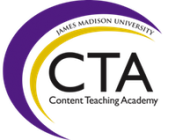Soil Particles and Textures
To identify the amounts of soil particles that make up the texture of soils, and how different minerals change the layer.
Materials & Resources
Jar, soil(from different locations), water, permanent marker, spade or some type of digging items
